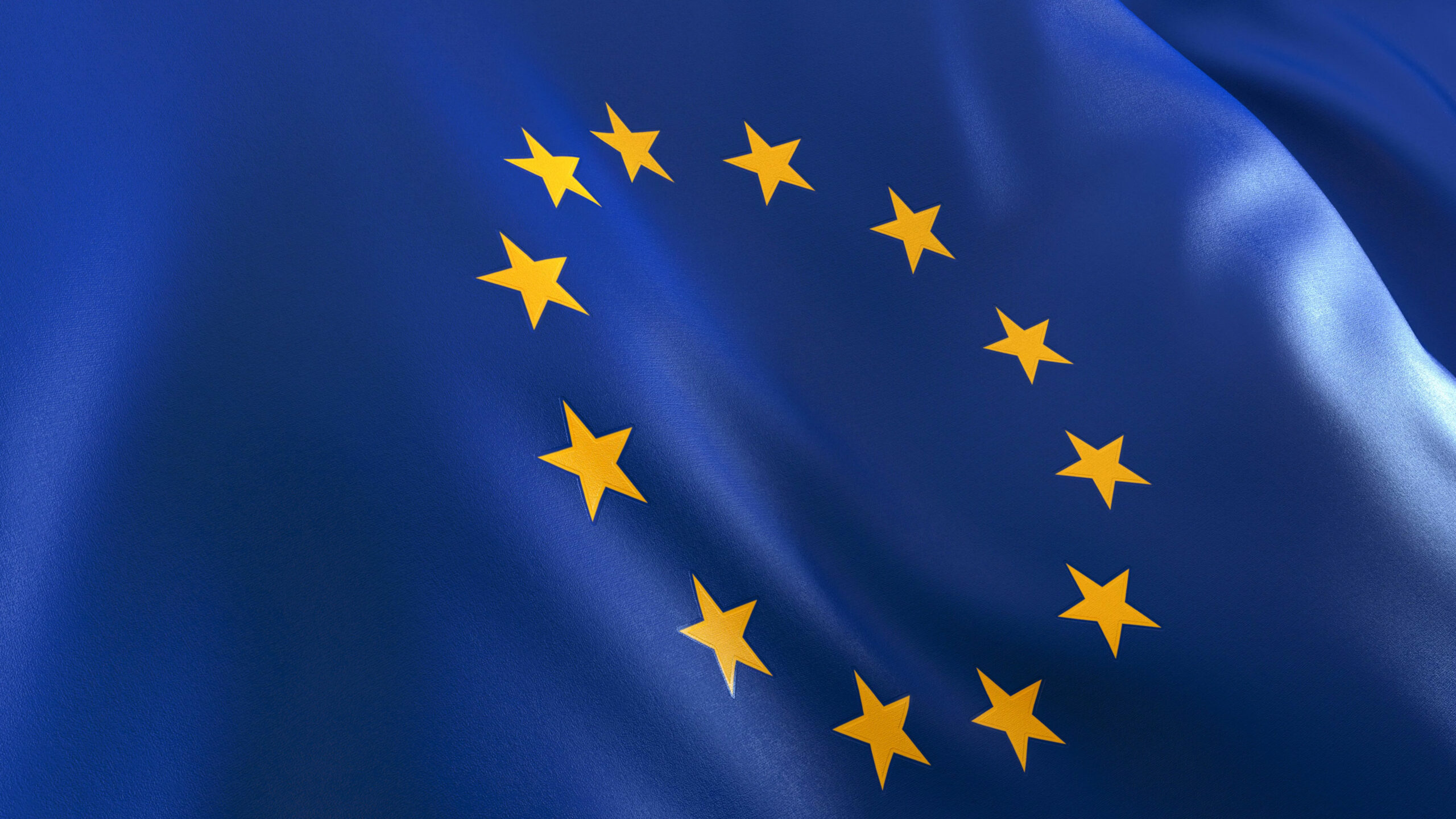
On March 11, 2020, the World Health Organization classified the COVID-19 outbreak as a pandemic and President Trump signed a proclamation restricting travel to the United States from foreign nationals who have been physically present in certain European countries (the Schengen Area) during the 14-day period preceding their entry or attempted entry into the U.S. This proclamation does not apply to U.S. citizens or legal permanent residents. (The full text of the proclamation can be found here).
This latest travel restriction is to be implemented at 11:59 p.m. EST on Friday, March 13, 2020 and will remain in effect until terminated by the President. This proclamation does not apply to persons aboard a flight scheduled to arrive in the U.S. that departs before 11:59pm EST on March 13, 2020.
The Schengen Area consists of the following 26 European countries: Austria, Belgium, Czech Republic, Denmark, Estonia, Finland, France, Germany, Greece, Hungary, Iceland, Italy, Latvia, Liechtenstein, Lithuania, Luxembourg, Malta, Netherlands, Norway, Poland, Portugal, Slovakia, Slovenia, Spain, Sweden, and Switzerland. Travel restrictions will not include those traveling from the United Kingdom.
There have been two other presidential proclamations regarding COVID-19 which remain active at the date of this writing. On January 31, President Trump signed a proclamation barring entry to the U.S. of most foreign nationals who traveled to China during the 14-day period preceding their entry or attempted entry into the U.S. (The full text of the proclamation can be found here). Later, on February 29, President Trump signed a proclamation restricting foreign nationals who were physically present within the Islamic Republic of Iran during the 14-day period preceding their entry or attempted entry into the U.S. (The full text of this proclamation can be found here).

